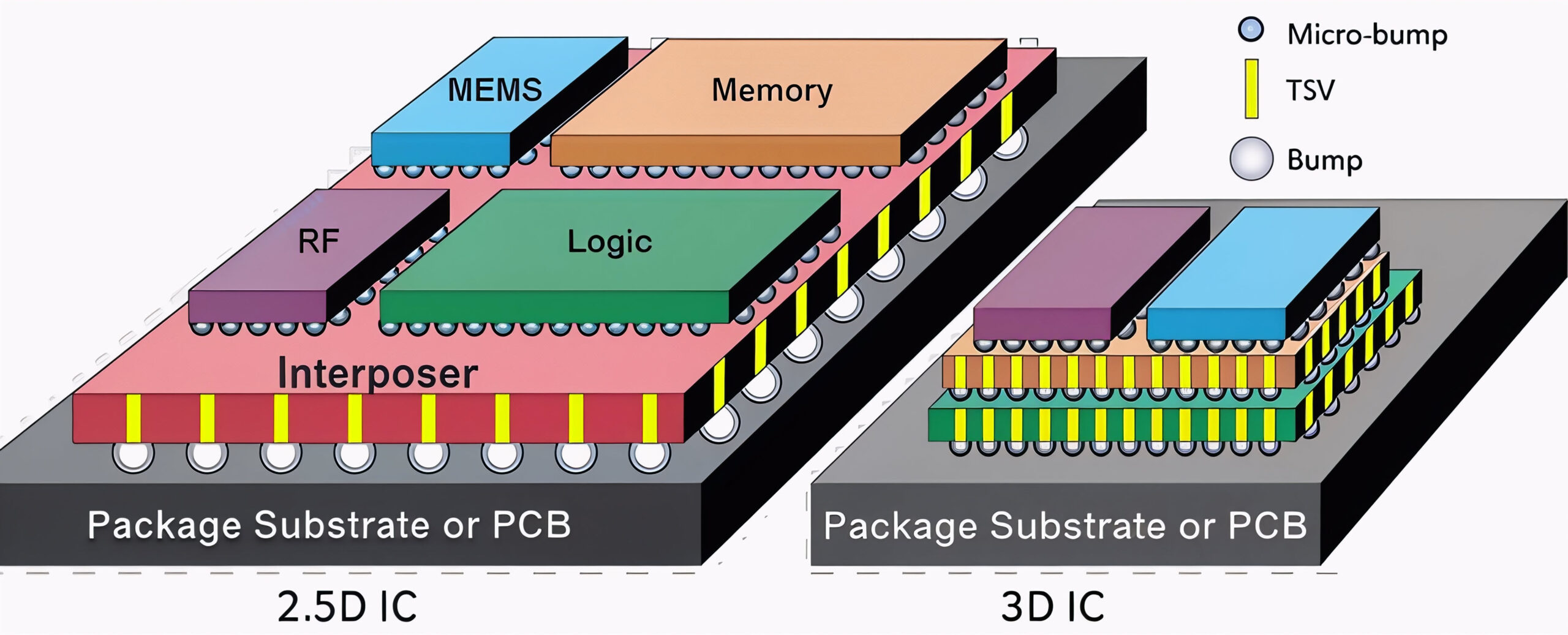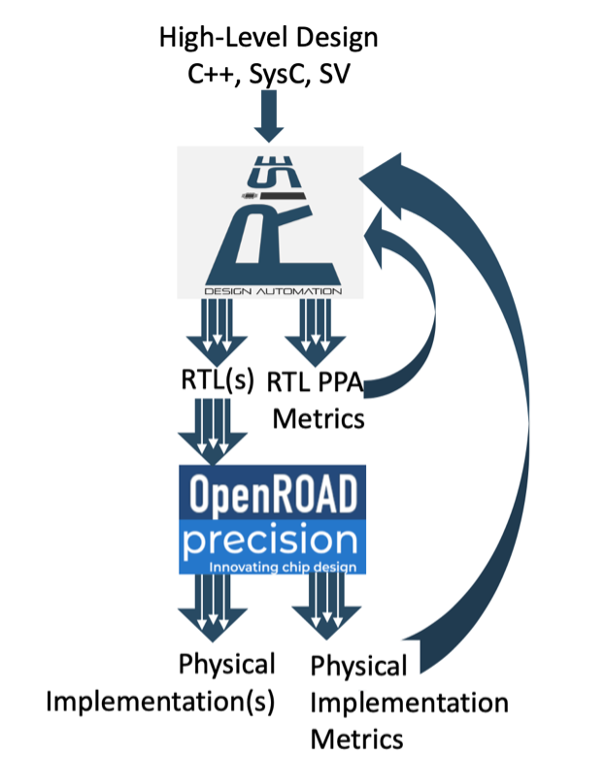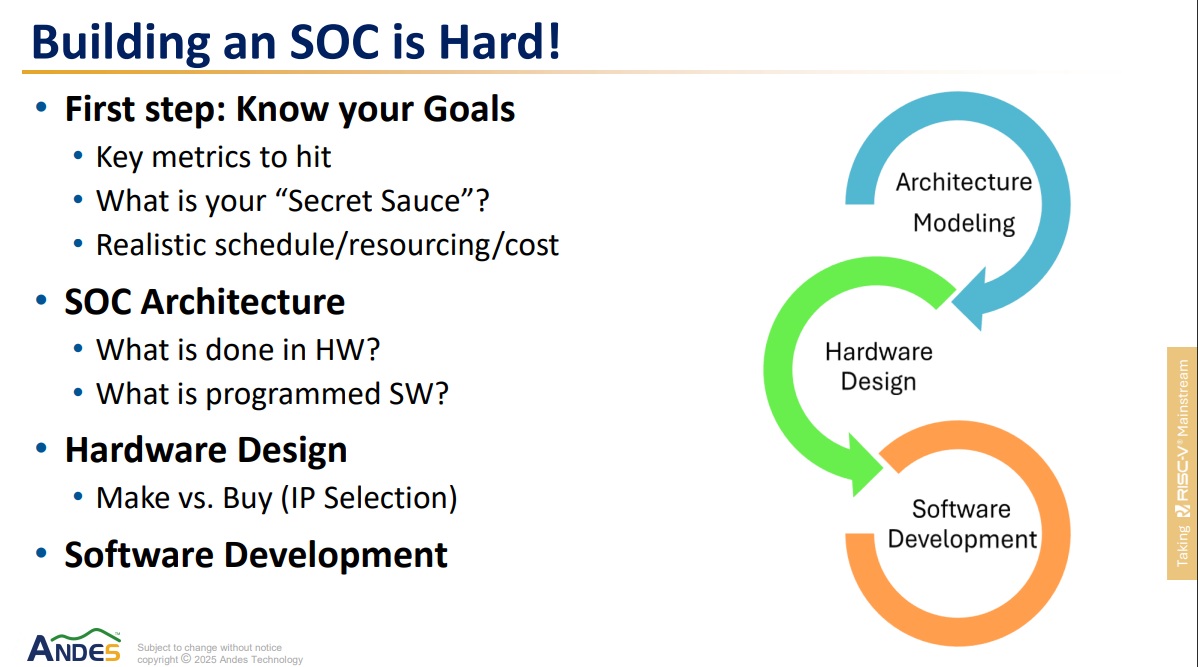The maker community and the learn-to-code movement is growing with many ideas built on small, power-efficient, easy-to-use 8-bit microcontrollers. If you want to be one of the next famous makers and maybe win some cash in the process, Atmel has a contest open until September 30, 2014 – here are tips on getting your #8bitideas in … Read More
 Cost, Cycle Time, and Carbon aware TCAD Development of new TechnologiesOur good friend Scotten Jones wrote a paper…Read More
Cost, Cycle Time, and Carbon aware TCAD Development of new TechnologiesOur good friend Scotten Jones wrote a paper…Read More 3D ESD verification: Tackling new challenges in advanced IC designBy Dina Medhat Three key takeaways 3D ICs…Read More
3D ESD verification: Tackling new challenges in advanced IC designBy Dina Medhat Three key takeaways 3D ICs…Read More Reimagining Architectural Exploration in the Age of AIThis is not about architecting a full SoC…Read More
Reimagining Architectural Exploration in the Age of AIThis is not about architecting a full SoC…Read MoreFD-SOI Better Than FinFET?
As I said earlier in the month, I was going to be talking about FD-SOI at the Electronic Design Process Symposium (EDPS) in Monterey. I am not especially an expert on FD-SOI but I know enough to be dangerous and given that we were already talking about FinFET and 3D/2.5D chips, it fitted in nicely.
The 10,000 foot view is that FD-SOI has… Read More
TSMC Will Own the Internet of Things!
In my quest to uncover the future of the semiconductor industry I was quite impressed by the executive presentations at the TSMC Symposium last week. Rick Cassidy opened the 20[SUP]th[/SUP] Annual TSMC Technology Symposium followed by Dr. Mark Liu, Dr. Jack Sun, Dr. Cliff Hou, J.K Wang, Dr. V.J. Wu, and Suk Lee. A variety of topics… Read More
System Design: Turtles All the Way Down
According to Steven Hawking, Bertrand Russell once gave a public lecture on astronomy. He described how the earth orbits around the sun and how the sun orbits around our galaxy. At the end of the lecture, a little old lady at the back of the room got up and said: “What you have told us is rubbish. The world is really a flat plate supported… Read More
Secret of TI’s Success in Analog & Embedded Space
Since I started looking at the ways Texas Instrumentsworks through its strategies, my belief is getting firmed up that this is one company which can always sail through rough waters during downturn and reap rich benefits during upturn. They regularly review their strategies and can predict ahead of time when the water is about … Read More
Webinar: Making Design Reuse Work
Please join me for an IP conversation in collaboration with ClioSoft on Wednesday, April 30th, 2014 @ 11:00 AM PST. At the EDPS Workshop IP day there were two interesting presentations on IP reuse. The first one was by Warren Savage of IPextreme: Top Ten Reasons Why Internal IP Reuse Fails. The second was by Ranjit Adhikary of ClioSoft:… Read More
Digital, Analog, Software, IP – Isn’t it all just the same?
Designing an SoC requires a team, and the engineers typically use lots of specialized EDA software and semiconductor IP to get the job done. Many have started to ask about how designing a chip is different than designing and managing a large software project, or how is analog design different than digital design in terms of managing… Read More
Dr. Morris Chang: A Conversation with the Chairman
There are moments in one’s career that are memorable beyond others, and last night was one of those moments for me, absolutely:
Stanford University President John L. Hennessy will lead a discussion with Stanford Engineering Hero Morris Chang, an innovator and entrepreneur who revolutionized the semiconductor industry by creating… Read More
Strong 2014 for Semiconductor Equipment and CapEx
Spending on semiconductor manufacturing equipment is headed for healthy growth in 2014. The latest data from SEMI and the Semiconductor Equipment Association of Japan (SEAJ) shows March 2014 three-month-average billings for semiconductor manufacturing equipment were up 16% from February 2014 and up 31% from a year ago. Bookings… Read More
Shorten Time to Market for NVM Express Based Storage Solution
A number of technical and business trends are converging to create a booming market for solid state drives (SSDs), with gigabytes of flash memory capacity along with the related control electronics packaged in the form factor of a 1.8”‐, 2.5”‐ or 3.5”. storage device. The first is the emergence of tablets and pervasiveness of smart… Read More






Quantum Computing Technologies and Challenges